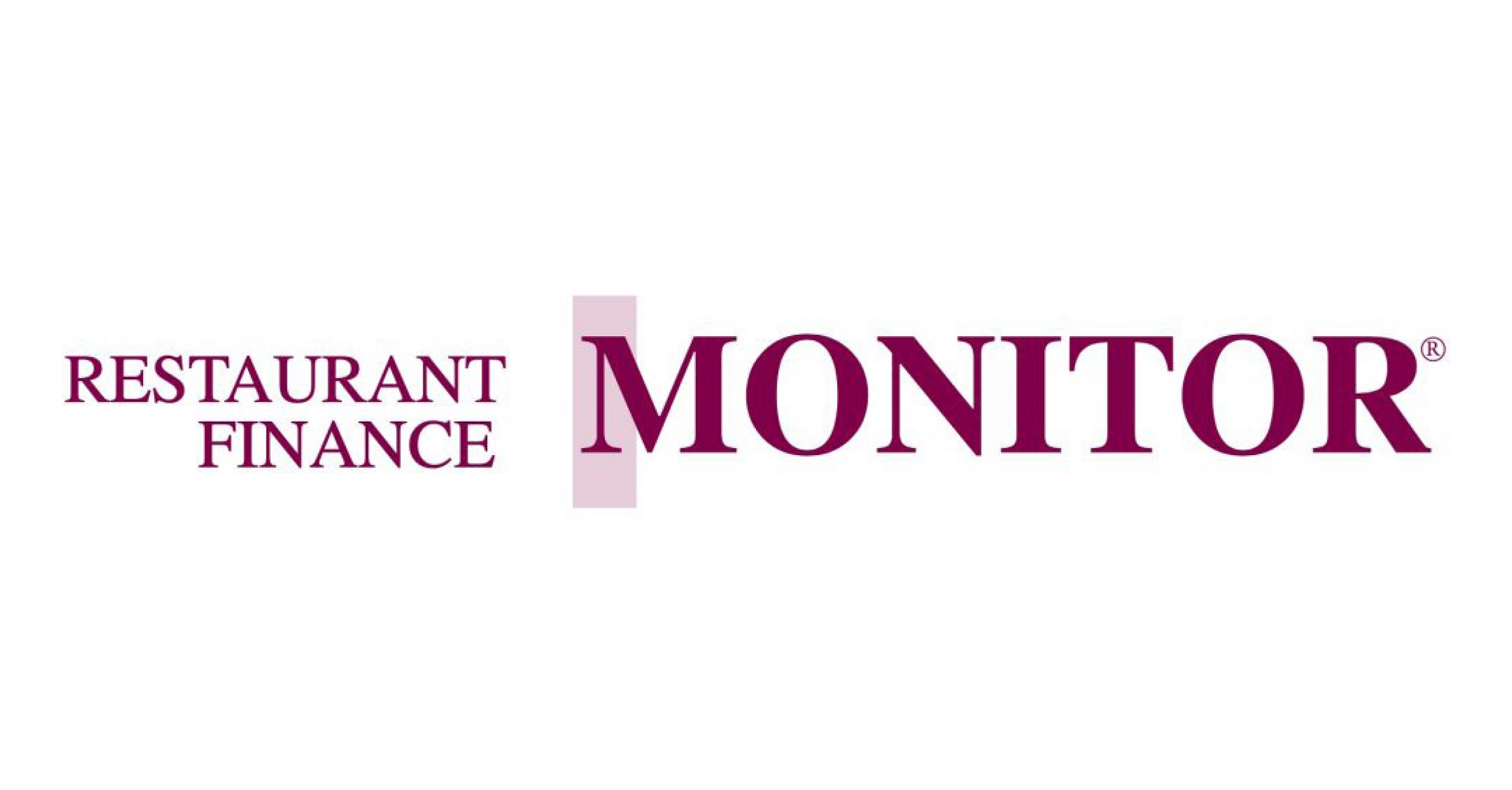Recently I’ve become interested in the evolution, or lack thereof, of using a franchise business model for growth and expansion versus other types of business models like licensing, corporate-store development or partnerships. These strategies have been around for decades, but it’s been recently that I’ve seen them come into their own.
While there’s a lot to recommend in the franchise model, there are some pitfalls. For instance, developing a franchise program is expensive, from creating documents such as your FDD, contracts and training programs to securing financing for you and your potential franchisees. Franchise contracts are complicated and even though they contain everything your lawyer insists you add to avoid litigation, if early-stage franchising doesn’t work out, the odds of litigation and lawsuits are pretty staggering. Those are just some thoughts on why franchising can be difficult. Now to look at two recent groups that have embarked on growth.
Going from licensing to franchising
Peet’s Coffee is a successful concept with 200 corporate stores and a number of licensed stores in non-traditional locations such as grocery stores, colleges and airports. After being in business for years, Peet’s decided, in addition to licensing, it would evolve into a franchise model, particularly with large developer franchisees. Robyn Quintal, director of franchise and development, shared some of the reasons behind the move.
First some background: The company was formed in 1966 and developed a following, name recognition and a perception of quality through its CPG grocery business. It is in 14,000 grocery stores. It also has an international following and is the second-largest specialty coffee brand. Because of its reputation, it believed it could leverage its name to attract good operators. Its development agreements are for a minimum of 10 stores, and the franchise strategy centered on finding people who understood real estate, had a good infrastructure and wanted to grow with Peet’s.
A surprise to this strategy was the overall labor cost, Quintal said. Finding good real estate proved to be difficult, which slows the ability to open stores.
Peet’s did a soft launch for franchising. It wanted to ensure things were in place to find key players who could meet its minimum of 10 stores before going public with its plans. Its process is impressive, because Quintal feels it’s worked out exactly as planned. It is on track to grow and because it’s always done things first class, it should be successful in the franchise world.
Going from franchising to licensing
My second interview was with the well-known owner, operator and investor Aziz Hashim. Hashim started a company called Social Bites with concepts it originated and built: Pinsa Roman Pizza, The Original Hot Chicken, Inked Taco and Flametown Burgers. He started with a franchise program where prospects could select one to four concepts to go into existing restaurant sites. As it grew, it discovered the benefits of licensing when it hooked up with Aramark, the giant foodservice company, which excels at nontraditional opportunities, particularly for colleges. So with its four concepts, Social Bites has a diverse menu for Aramark to fill the needs of its customers’ venues. This has become its focus.
Licensing is new for Hashim, who has both acquired and launched franchise concepts. He said the problem with franchising now is the need to attract sophisticated franchisees who understand their marketplace. With so many food concepts to choose from, the consumer has become demanding, and whether it’s chicken, pizza, or Mexican, a restaurateur needs to adapt the menu to what the consumer wants. That’s something licensing can do. You still need a sophisticated licensee to avoid crossing over into franchise issues, but the licensing approach Hashim’s group has been using works by appealing directly to the consumer.
He said franchising was developed because the concept developer was concerned that the brand would be altered and it would erode what had been built. Franchise laws originally were intended to protect consumers. But now you have sophisticated operators with the flexibility to react swiftly to their customers.
Social Bites has been asked by licensees to create additional products because the consumer, in this case, students, wants more or different choices. Is that something you would get through franchising? Maybe, maybe not, but the way Hashim has approached licensing, licensees can ask for or make changes they think are appropriate. It’s a more flexible model and it fits the sophisticated operator. It may not, however, be a fit for a small operator, where franchising may still be the best way. Since most people entering the franchise market are looking for large, multi-unit operator who can open 10 stores or 100 stores, this gives us another perspective.
In summary you have a company, Peet’s, that started with licensing and corporate-store development and evolved into a franchise model. And Social Bites, which came from a franchise model developed a licensing focus. The lesson is that the whole multi-unit food development area is wide open and is quickly evolving, so you need to consider multiple options. (A discussion of corporate store development next month.)
From the July 2025 issue of Restaurant Finance Monitor
Author
-

Co-founder and chairman of Monroe Moxness Berg PA, Dennis is a pioneer in corporate financing with a broad network of finance contacts and clients. He assists businesses, from emerging companies to multinational firms, by providing creative ideas, identifying unique financing sources, and developing the financial tools necessary for their growth and development.
